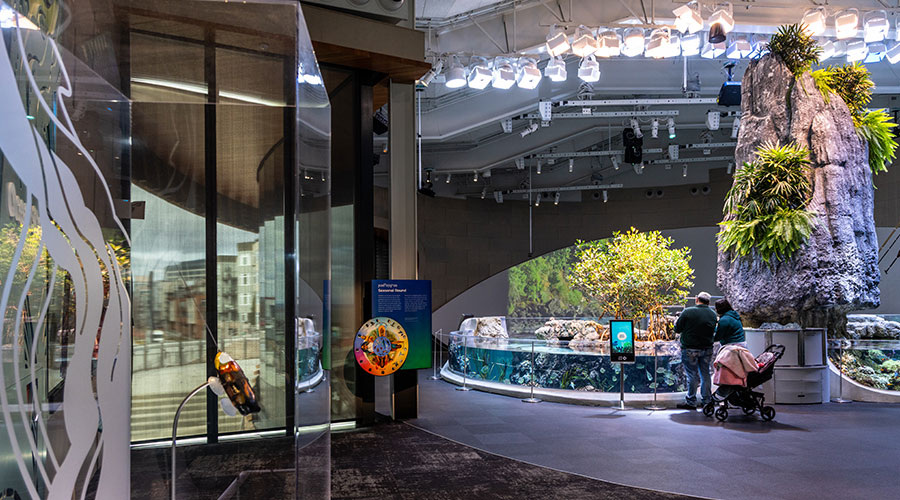Lighting Controls Offer Multiple Ways to Save Energy
REPORT PREPARED FOR enLIGHTen AMERICA
Lighting control offers one of the best opportunities for saving money and energy, say many experts in the lighting industry.
“Adding controls is a key benefit,” says Gotti. “Today’s lighting system options allow people to integrate lighting more seamlessly than ever before.”
“Most buildings are over-illuminated,” says Michael Jouaneh, marketing manager for Lutron Electronics Co. “First of all, they are designed with higher light levels than needed for today’s tasks. Secondly, lighting systems seldom take advantage of the available natural daylight. Finally, lights are left on even when spaces are unoccupied. The appropriate controls can provide solutions to all of these energy-wasting problems.”
Technological development has increasingly automated lighting control functions and allowed integration of devices into larger, more flexible systems. The result is significantly expanding energy-saving opportunities, flexibility, reliability and interoperability between devices from different manufacturers.
Dig a little deeper and, Jouaneh says, a world of control options exist for building owners, including:
- Scheduling (automatically turning lights off or to dimmed levels at certain times of the day)
- Occupancy sensing (turning lights off when space is vacant)
- Daylight harvesting (automatically dimming electric lights when enough daylight is present)
- Demand response/load shedding (reducing lighting load at times of peak electricity pricing)
- Personal light control (users selecting their preferred light level)
- Light level tuning (setting the appropriate light level for each space)
- High-end trim (setting the maximum light level for each space)
- Controllable window shades (automatically moving shades to reduce glare and solar heat gain).
Costs for hardware and labor should not be a deterrent to installing lighting controls. Instead, controls should be evaluated as an investment that will provide ongoing returns in reduced energy costs for the life of the controls.
“I think there’s a reticence to spend the money,” says Bob Freshman, marketing manager for Leviton Lighting Management Systems. “Some folks simply don’t understand the paybacks that are possible, because one-year paybacks are realistic these days.”
But there are growing ranks of facility executives who understand both the engineering and potential return on investment that is possible with more sophisticated lighting systems.
Industry experts cite retrofit applications using wireless control systems as one opportunity for savings. By carefully selecting the system, new wireless control systems can eliminate many of the traditional costs of installation. Copper wiring is expensive. By choosing wireless over wired systems, some applications can reduce costs by half. Installation time is also one quarter of that for retrofits that require re-wiring.
“You’re not tearing up the walls to install wiring, so there’s no business disruption, which can be important for many facilities, including hotels and hospitals,” Leviton’s Freshman says. “And with modern wireless systems, there are no batteries to change out: Self-charging systems use a photovoltaic cell that charges itself off the fluorescent lights it powers.”
Related Topics:
















